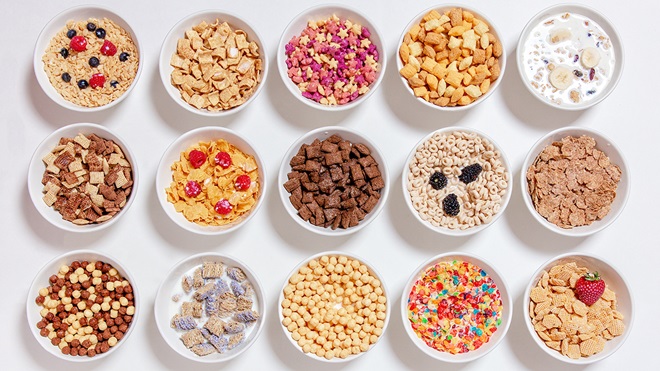- Empty cart.
- Continue Shopping
The Risks and Benefits of Children’s Cereal

Children’s cereal has long been a staple of breakfast tables around the world. However, as parents, caregivers, and educators become more conscious of the importance of nutrition in a child’s development, it’s crucial to understand both the potential risks and benefits associated with these breakfast options.
The Benefits of Children’s Cereal
1. Fortification with Essential Nutrients
Many children’s cereals are fortified with a range of essential vitamins and minerals, including vitamin D, calcium, iron, and various B vitamins. These nutrients play a vital role in a child’s growth, development, and overall health.
2. Convenience and Accessibility
Children’s cereal offers a quick and convenient breakfast option, particularly for busy families. They require minimal preparation time, making them a practical choice for mornings on the go.
3. Fiber for Digestive Health
Certain children’s cereals are a good source of dietary fiber, which supports healthy digestion. Fiber-rich cereals can help regulate bowel movements and promote a feeling of fullness, potentially reducing unhealthy snacking later in the day.
The Risks and Considerations
1. Sugar Content
One of the primary concerns with children’s cereal is the often high sugar content. Excessive sugar intake has been linked to a range of health issues, including obesity, dental problems, and metabolic disorders. It’s essential to scrutinize labels and opt for cereals with lower sugar content.
2. Artificial Additives and Preservatives
Some children’s cereals may contain artificial colors, flavors, and preservatives. While these additives are considered safe in moderation, it’s advisable to choose cereals with simpler ingredient lists, focusing on natural flavors and colorings.
3. Limited Nutritional Diversity
While fortified with essential nutrients, children’s cereals may lack the diversity of a whole-foods-based breakfast. They are often lower in protein and healthy fats compared to options like eggs, yogurt, or whole-grain toast with nut butter.
Making Informed Choices
1. Reading Labels and Ingredients
Familiarize yourself with the nutrition labels and ingredient lists of children’s cereals. Look for options with lower sugar content, whole grains as the primary ingredient, and minimal artificial additives.
2. Balancing with Fresh Ingredients
Complement children’s cereal with fresh fruits, dairy or non-dairy alternatives, and protein sources like eggs or lean meats. This ensures a well-rounded, nutrient-dense breakfast that supports optimal growth and development.
3. Limiting Portion Sizes
Encourage appropriate portion sizes to prevent overconsumption of calories and sugars. Providing a balanced meal with a variety of food groups can help keep children satisfied and energized throughout the morning.
In conclusion, children’s cereal can be a convenient and nutritious part of a balanced breakfast. However, it’s essential to approach this dietary choice with discernment, considering factors such as sugar content, additives, and overall nutritional diversity. By making informed decisions and incorporating a variety of fresh, whole foods, we can provide our children with the best possible start to their day, setting the stage for a lifetime of healthy eating habits.








